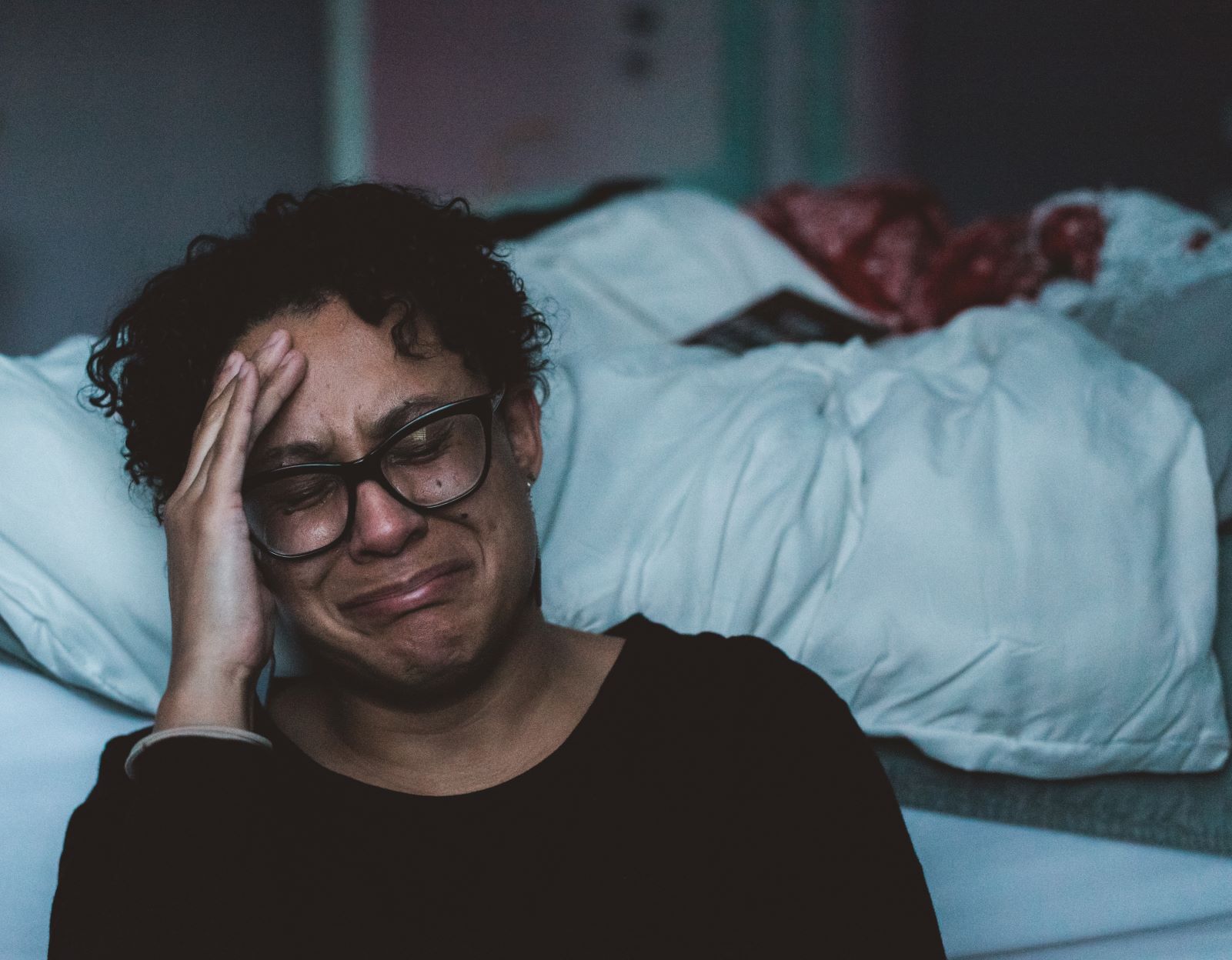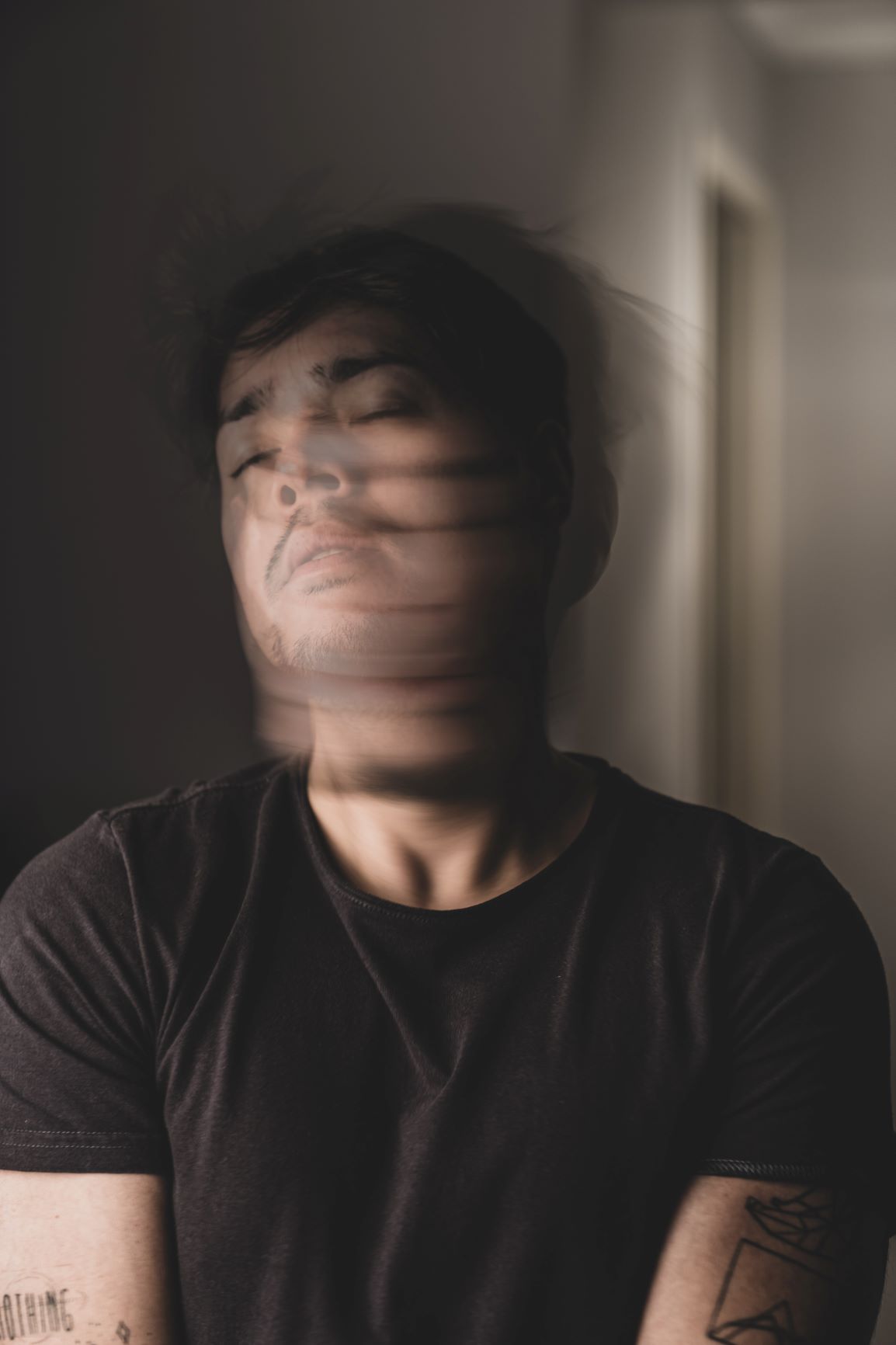Danyodi
Danyodi is genetic condition that causes frequent headaches, sporadic aphasia, and seizures. Though the condition is found throughout Nideon, it is particularly common in Antarand.
Symptoms
The most notable and well-known symptom of Danyodi are seizures, though the type of seizures vary from person to person. Many people also experience temporary periods of aphasia, usually following a seizure, as well as frequent headaches. The condition also seems to make people more susceptible to other diseases.
Antaran Research
Almost all of the research done on Danyodi has been done in Antarand, likely because a significantly higher percentage of the Antaran population has Danyodi than the populations of other countries. Research has been conducted at both major universities in the country, with immense help from the Xurugwi population, who are known to donate their bodies for the purpose of scientific study after death. This research has led Antaran scientists to find better identification methods for the condition, though as of yet, no one has determined why it is more common in this country than others, nor why it remains less common among First Islander population.
Danyodyi Types
Antaran researchers studying Danyodi have classified the condition into five categories based on the type of seizures. These are labeled as Types I-V.
- Type V Danyodi causes frequent absence seizures, in which a person loses consciousness for a short period of time.
- Type IV Danyodi causes infrequent absence seizures
- Type III Danyodi causes infrequent focal seizures, in which a person does not lose consciousness, but does experience uncontrollable movements of parts of their body
- Type II Danyodi causes a specific type of focal seizure which causes uncontrollable crying
- Type I Danyodi causes very infrequent seizures, which primarily occur during sleep.
Furthermore, researchers have discovered that while the condition is passed down genetically, over the course of several generations, it tends to "deteriorate" from a higher type to a lower type, with Type V deteriorating to Type IV, Type IV deteriorating to Type III, and Type III deteriorating into either Type II or Type I. Both Type II and Type I will completely deteriorate, leaving future generations free from the condition. As yet, there is no explanation of this progression of the disease.
Treatment
Type
Genetic
Origin
Natural
Cycle
Chronic, Congenital
Rarity
Uncommon




Comments